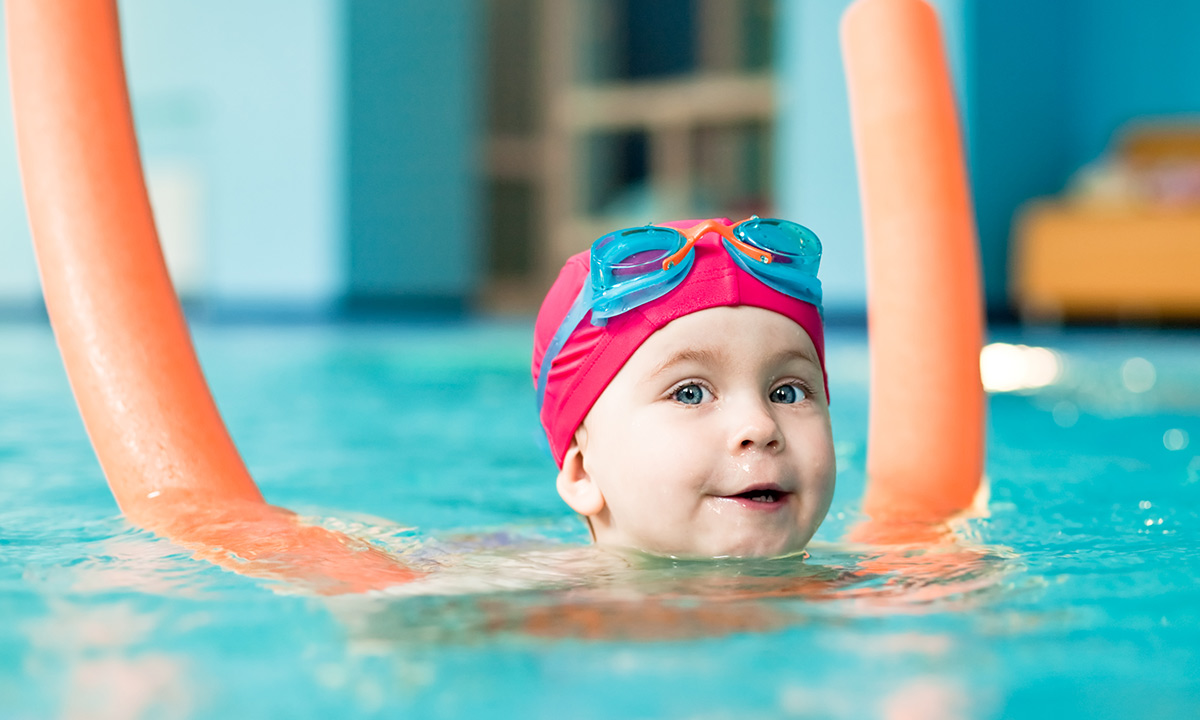
Summer is just around the corner, and lake days and pool play are in sight. As parents, we want our children to enjoy the pleasures of water, but we know that it can be hazardous. The two things that make water most dangerous are complacency and lack of knowledge. Some children are so comfortable around water that they do not recognize the dangers, but others are so afraid that they cannot see the joys. This line is a difficult one to walk for parents. There is hope. With these tips, you can help your child’s summer be safe and fun.
Be Specific About Rules and Expectations
Children often get into trouble around water when they either don’t know what to do in an emergency or don’t know what is off-limits. Be specific with your children. They are required to swim or go into the water with another person, preferably an adult. This way, if an emergency arises, there is more than one person. This may seem like a silly rule, especially if they are strong swimmers. However, we never know when accidents will happen. Likewise, let your child know what to do in an emergency. How do they contact emergency personnel, when is it okay to go in the water after someone, and how do they perform minor first aid? Sometimes, knowledge will make people feel much better.
Swim and Safety Lessons
There are dozens of places to get swim lessons around Oregon. Places like the Farber School, Swimbabes, and SafeSplash Swim School are great for lessons. If your child is a beginner, you will want to start with lessons geared toward new swimmers. Swim programs often have beginner lessons for every age group. Some lessons may even be swim survival skills for very young children. Swimbabes has a class for children as young as seven months old! These lessons should include how to swim AND how to be water-safe.
Show No Fear
One way to help your child feel comfortable is if you do. They will sense your nervousness if you seem scared or worried about water. Please help your child feel better about being near water by showing them that it is not scary. You should help them understand the dangers, but you can also let them know that following the rules and knowing what to do in an emergency should make it less problematic.
Take Lessons with Your Child
If your child is very young, you might want to enroll in a mommy-and-me class. However, older children often benefit from knowing their parents are brushing up on their skills or learning something new. If you aren’t a strong swimmer, consider taking lessons, too. This act will teach your children nothing to fear by not knowing. Everyone needs a refresher sometimes.
Don’t Shame Them
Anxiety is often produced by feeling like they are unsuccessful. Children want to know that they are succeeding and their parents are proud. You should correct the behavior when they make a mistake and let them know what they should have done instead. However, it is never helpful to make them feel worse by yelling or belittling them. Constructive criticism and supportiveness will help them feel better about their abilities. Fear and anxiety around water can have devastating results.
Use Devices Sparingly
While floaties and other safety devices should be used when your child is playing independently, you want them to get used to the water without aids. Holding them or letting them play in water where they can stand near you can help them see that floaties are for assistance, but they should learn to navigate water independently. Aboard boats and other watercraft, life preservers, and other aids are necessities and should never be skipped. On the other hand, it is good to become comfortable with water in the backyard pool without these aids.
Ease into Independence
While we promote independence and using the devices sparingly, you shouldn’t thrust your child into a situation they are not ready to experience. Hold them while in the water at first. Let your child see that you are in a safe place in the water and that you will not let go until they are ready. It’s like riding a bike. You don’t want them dependent on training wheels forever, but you wouldn’t push them off into the unknown.
Answer Questions
Be there to answer your child’s questions about swimming and the water. They are likely nervous and want to understand. Knowledge is power. They see you as the most influential person they know. Be willing to answer questions for your children before entering the water. If you don’t know the answer, that’s okay, too. Show your child how to learn the answers they are seeking.
Final Thoughts
You are your child’s best advocate, teacher, and model. You can show them how to do things and what to do, but they often need to see it and experience it for themselves. Be supportive and coach your child into the water to feel comfortable. Each child is a little different. They might need more or less coaching than others. Always be there to answer questions or help your child figure out what to do. Happy splashing this summer!
